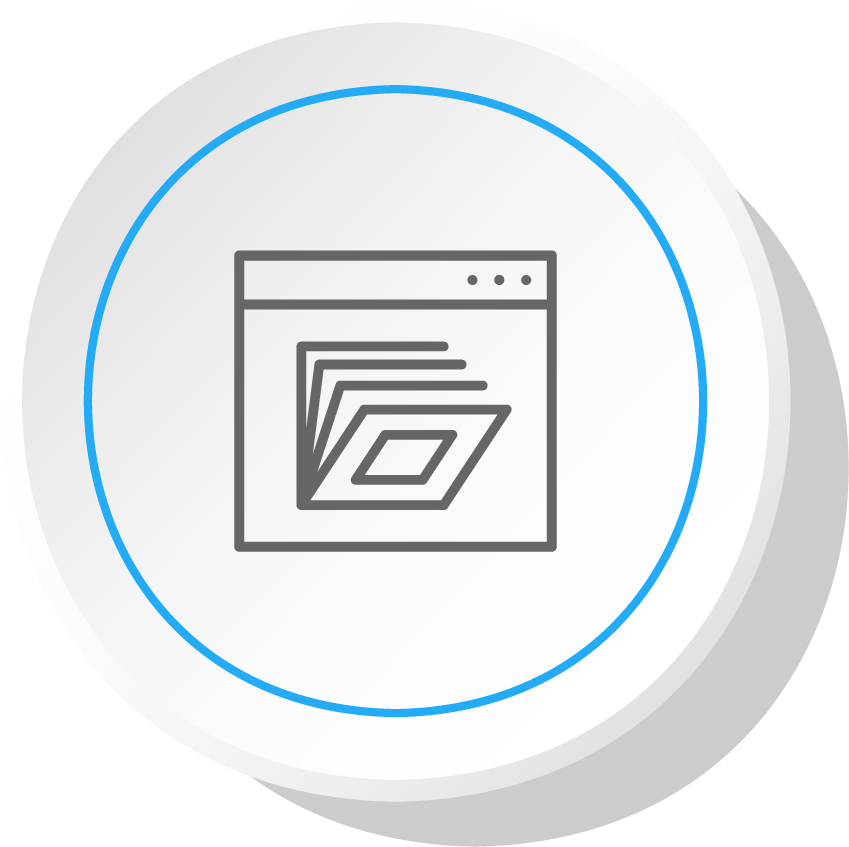Digital Asset Management - DAM
Why Digital Asset Management
Management of visual assets such as images, illustrations and diagrams is a vital link in the chain of product content management, particularly for multichannel stores. Despite the advance of Apple and Microsoft's operating systems, they don't cover much of what is needed in today's multi-channel world. The most tedious task in managing large portfolios of products is associating images with products. While there are advances in image recognition techniques it is still a human visual task. Any image on a website has been picked by a knowledge worker to display with a product and often more than one image. The same is true for product families and categories. The same image often exists in high-resolution EPS and low-resolution JPEG and there are videos, diagrams and specification sheets to consider and track. Some may have language specificity. A single library of images is essential but it is equally important to relate them to their contexts like products or events like seasons or geographical areas. Supporting high-resolution catalog images linked to low-resolution web images is a start but don't forget distribution and updates

What can Geni-Sys DAM software do for you?
Users are human and they put images in a logical place and take care. Another user will take more or less care and use a different logic. These are the same images: "DLADBKWW.png" and "Display light shroud cmyk_path.tif".
Even the simplest DAM can help teams manage images, adopt a naming convention and some basic rules. Once in a system, they can be linked within a PIM so users can see where they have been used, the frequency and history.
Even the simplest DAM can help teams manage images, adopt a naming convention and some basic rules. Once in a system, they can be linked within a PIM so users can see where they have been used, the frequency and history.
Remember that images have variants, cutouts, transparency and different file types.
Meta information and captions are often used in web pages and catalogs but can't be stored with an image unless a DAM is used.


Use Cases
e-Commerce
Images for the web and print are different in size, resolution and often file type and file name. It is normal for a web team to assemble the images for a website but if they start with well cataloged images they will produce a better site. A good DAM can give the web team an asset name and have the selected images automatically served, without anything needing to be done. A DAM can associate images of different types as well as analysing the quality of the image to preventing the use of poor quality images. Meta information (colour space, resolution, dimensions, create date and more) is used to generate warnings of unsuitable images. Let's face it, how an image looks can be key to whether a product sells or not. A DAM will single out the bad ones more easily.
Manufacturers, Distributors & Retailers
Manufacturers know their products, publish documentation and collateral that they then share. A DAM system helps to distribute information that buyers need and saves marketers time as well as giving them choice.
Distributors need the same type of system in place to serve their retailers and end-users. Good publicity sells a product.
Marketing Content for Sales Support
DAM and PIM together with auto-publishing can turbocharge sales. Distributors can quickly assemble a range of products and generate a mini-brochure PDF. The images are already linked to products and groups within the PIM. The PIM can build a new brochure quickly because the DAM checks ensure that images are high quality and available without any searching or chasing.
Get in touch
Would you like to know more about the functionality of Geni-sys and how it can help your companies marketers and sales team increase your business' sales and conversion rates? Going through a digital transformation and want a to have a single source of truth for all of your product data? Contact us on 01635 785058 and we will be happy to assist you.
Do you have a question about pricing? Email info@locksidesoftware.com and we will provide you with the price list and any further information you may require.
Our Solutions
-
Digital Catalogs
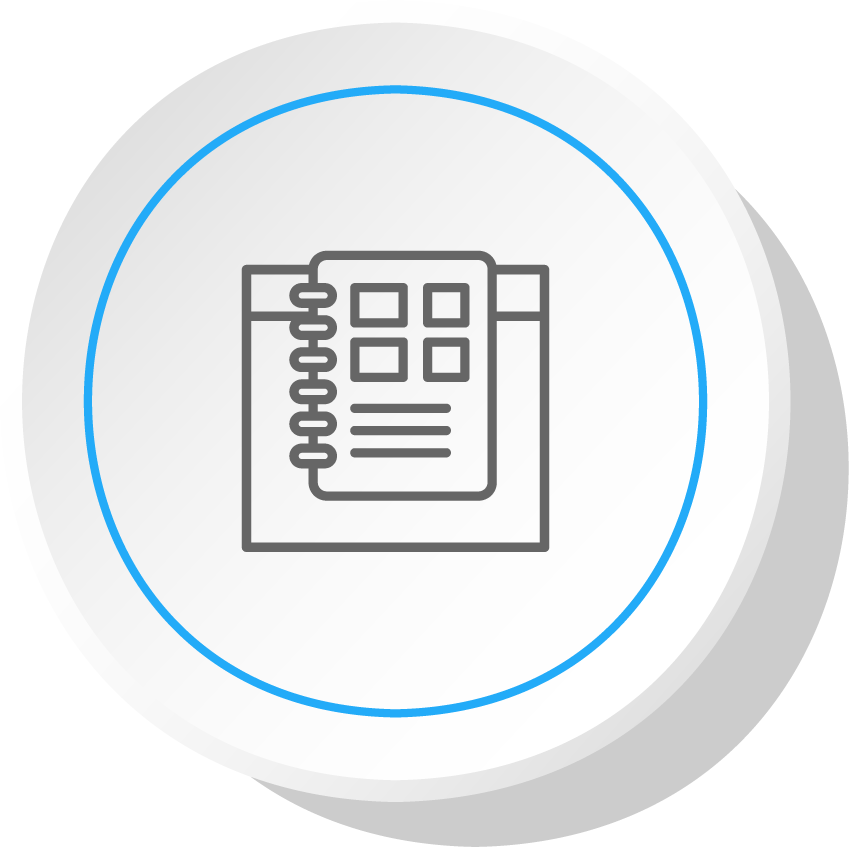 Use a publishing system with existing variable templates and turbocharge the process. The system auto-builds a PDF ready for your favourite flip book.
Use a publishing system with existing variable templates and turbocharge the process. The system auto-builds a PDF ready for your favourite flip book. -
Product Catalog Software
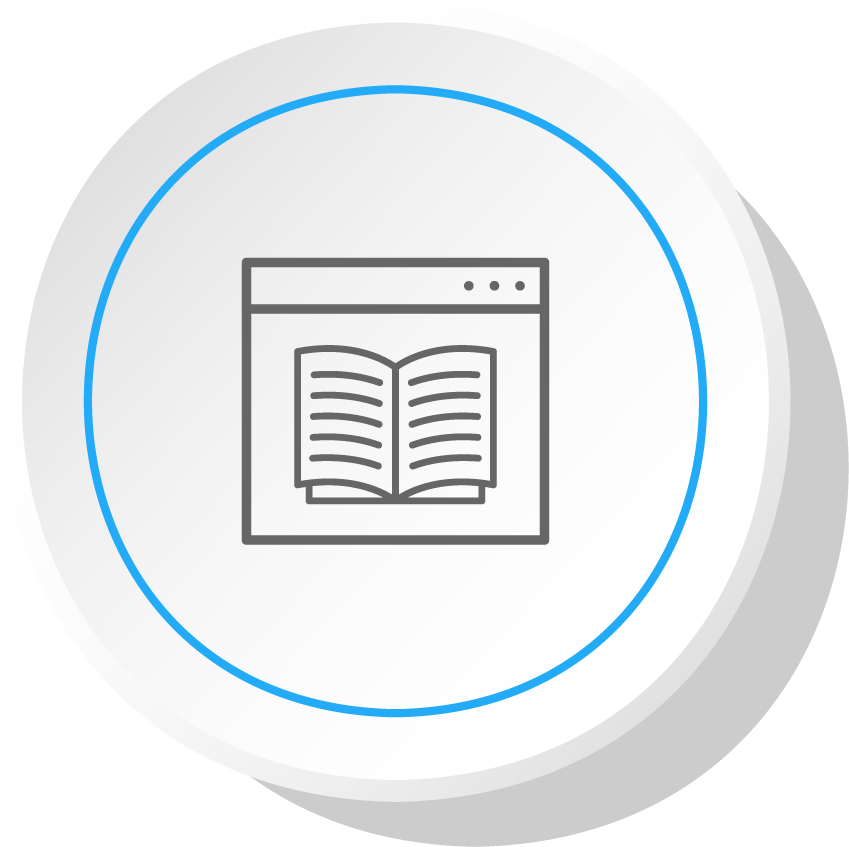 Catalogs absorb senior management time. Instant page visualisation, speeds planning, reduces proofing and shortens time to market.
Catalogs absorb senior management time. Instant page visualisation, speeds planning, reduces proofing and shortens time to market. -
Product Information Management - PIM
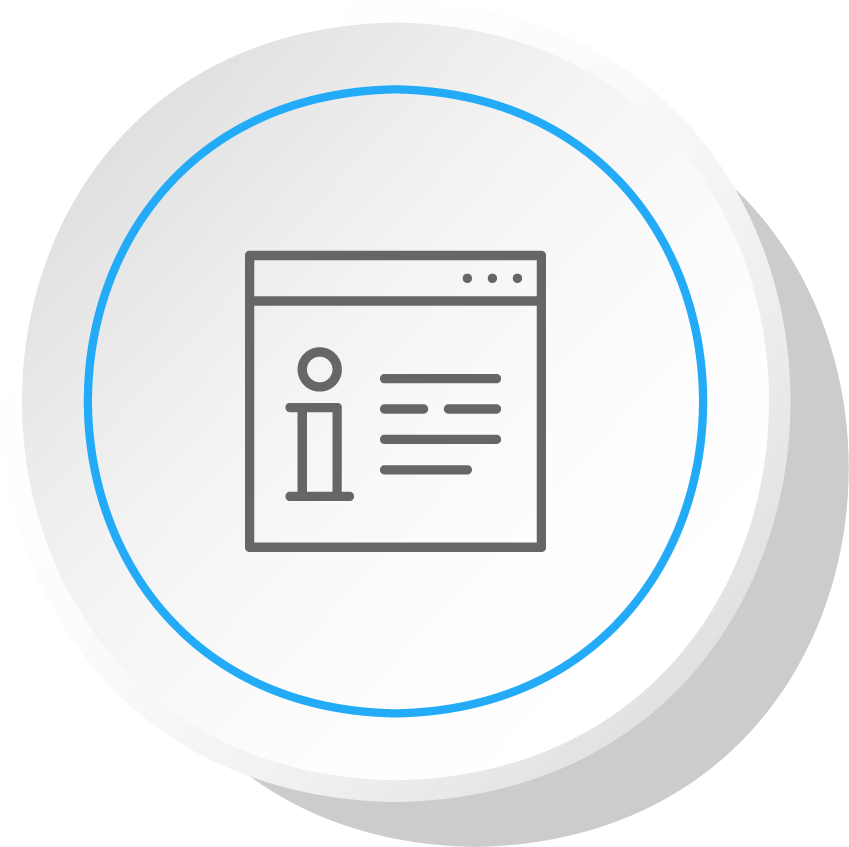 It's all about content you can trust. Once you have it you can do everything on this page.
It's all about content you can trust. Once you have it you can do everything on this page. -
Digital Asset Management - DAM
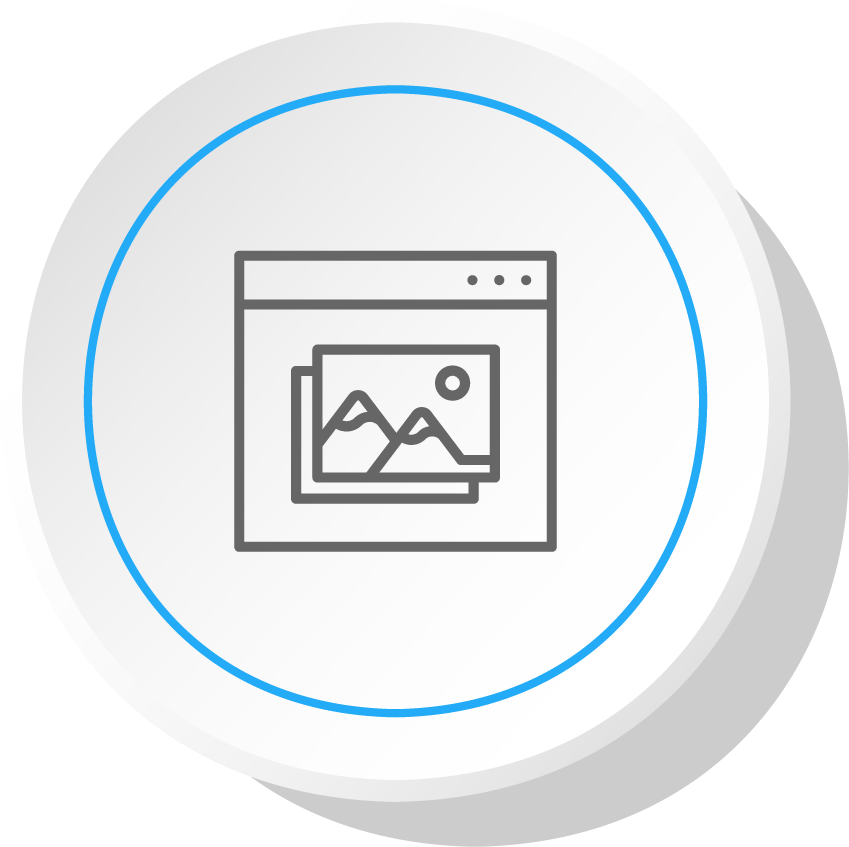 The photo shoot’s done, select the winners, add meta information and link them to products, all within the same web app
The photo shoot’s done, select the winners, add meta information and link them to products, all within the same web app -
eCommerce
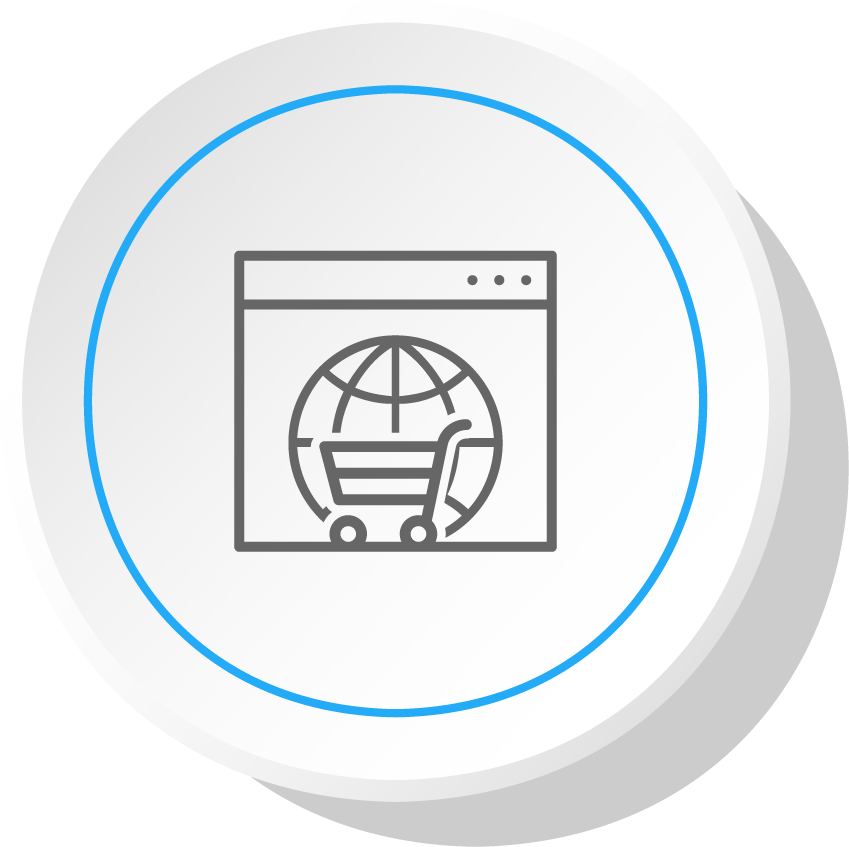 New products on the website? Start promoting them. Add upsells, cross sells, price deals - all in one place.
New products on the website? Start promoting them. Add upsells, cross sells, price deals - all in one place.
